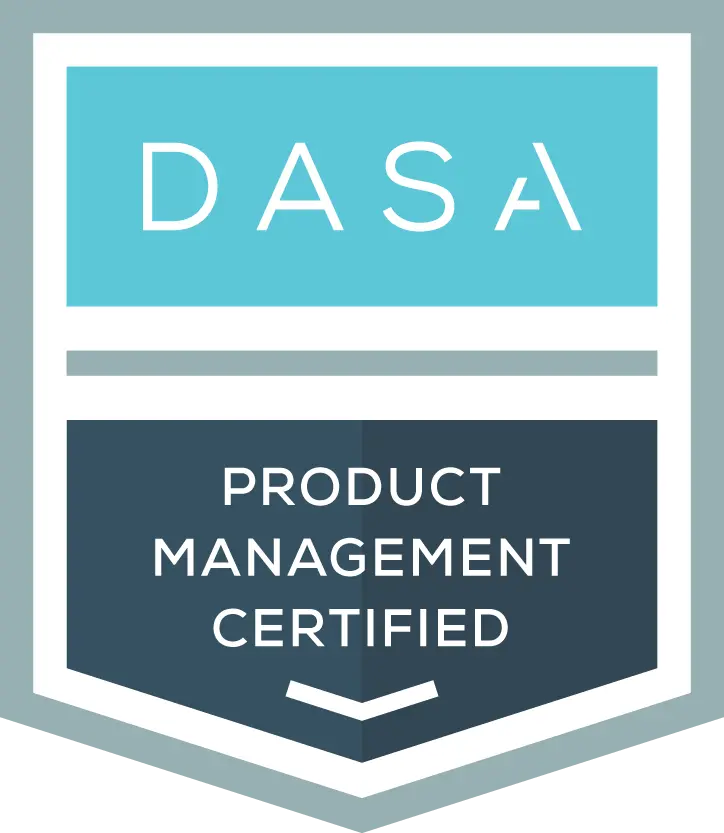IT organizations face a variety of challenges due to the wall of confusion between the differDASA Product Management principles align with key principles and dimensions found in related methodologies and frameworks.

Let’s establish the connections:
Value-Driven Decision-Making
Value-driven decision-making sits at the core of successful product management. Here’s how it connects to key product management principles:
- Customer Focus: Value-driven decisions prioritize understanding customer needs and problems. By focusing on what delivers value to customers, product managers ensure they’re building products people actually want and use.
- Prioritization: With limited resources, product managers need to make tough calls about what features and functionalities to build. A value-driven approach helps them prioritize initiatives that will create the most significant impact for users and the business.
- Data-Driven Product Management: While not solely about data, value-driven decision making often leverages data to quantify the impact of features and functionalities. This data can come from user research, A/B testing, and product analytics, all informing which direction delivers the most value.
- Agile Development: Value-driven decision making aligns well with Agile methodologies that emphasize iterative development and building in small batches. By continuously measuring value delivered, product teams can adapt quickly and focus on what’s most impactful.
- Product Roadmap: The product roadmap is a strategic plan outlining the direction of the product. Value-driven decision making ensures the roadmap prioritizes initiatives that deliver the most value to both customers and the business.
Focus on the Flow
Focus on the Flow: Ever feel like your product development is stuck in the dark? Flow can be your secret weapon for creating a smooth, efficient process.
Let’s explore how flow connects with key product management principles:
- Agile/Lean Way of Working: Imagine a product development assembly line, but instead of clunky machinery, we have a team moving in sync. Agile methodologies and lean principles emphasize small, iterative batches and minimizing waste. This focus on flow keeps the product moving steadily through development.
- Cross-Functional Collaboration: Here’s the magic trick: flow requires a well-oiled collaboration machine. Designers, engineers, marketers – all need to work together seamlessly. Regular communication, clear roles, and shared goals are crucial for a smooth flow from idea to launch.
- Automation: Imagine repetitive tasks slowing down your team? Automation is your friend! By automating tasks like testing, deployment, or data analysis, you free up your team to focus on higher-value activities. A smooth flow requires removing any unnecessary roadblocks.
Here’s how it all comes together:
- Prioritize features that deliver the most value based on customer needs.
- Break down development into small, manageable chunks.
- Automate wherever possible to free up your team’s time.
- Foster open communication and collaboration across teams.
- Continuously measure and improve the flow of your development process.
Validated Learning
Validated Learning is the cornerstone of many successful product management principles. Here’s how they connect:
- Build-Measure-Learn (BML) Cycle: This core tenet of Lean Startup emphasizes validated learning. Product managers build a Minimum Viable Product (MVP), a basic version of the product with core functionalities. They then measure user engagement and feedback through data and user research. Finally, they learn from the data and feedback to iterate and improve the product. This cycle ensures continuous learning and reduces the risk of building features nobody wants.
- Customer Focus: Validated learning keeps the customer at the heart of product development. By gathering real user feedback, product managers gain a deep understanding of customer needs and frustrations. This validated learning informs product decisions, ensuring the product solves real problems for real people.
- Data-Driven Decisions: Validated learning doesn’t rely solely on gut feelings. Data from user testing, A/B testing, and product analytics plays a crucial role. This data helps product managers quantify the impact of features and identify areas for improvement. It’s about using data to validate assumptions and guide decisions, not blindly following numbers.
- Prioritization: Resources are limited, so product managers need to choose which features to build first. Validated learning helps prioritize initiatives based on data and user feedback. Features that resonate most with users and deliver the most value get prioritized, ensuring efficient resource allocation.
- Minimum Viable Product (MVP): The MVP is a key tool for validated learning. By starting with a basic version, product managers can get the product in front of users early and gather feedback quickly. This allows for early course correction and avoids wasting time and resources on features users don’t find valuable.
Validated learning is the engine that drives product development. It’s a continuous loop of building, measuring, learning, and iterating, ensuring product managers are always building something customers truly value.


DASA Product Management
DASA Product Management offers a strategic approach to product management, equipping participants with the skills necessary for leading strategic alignment of product vision with business goals, market analysis, and lifecycle management, fostering a product-centric mindset.


